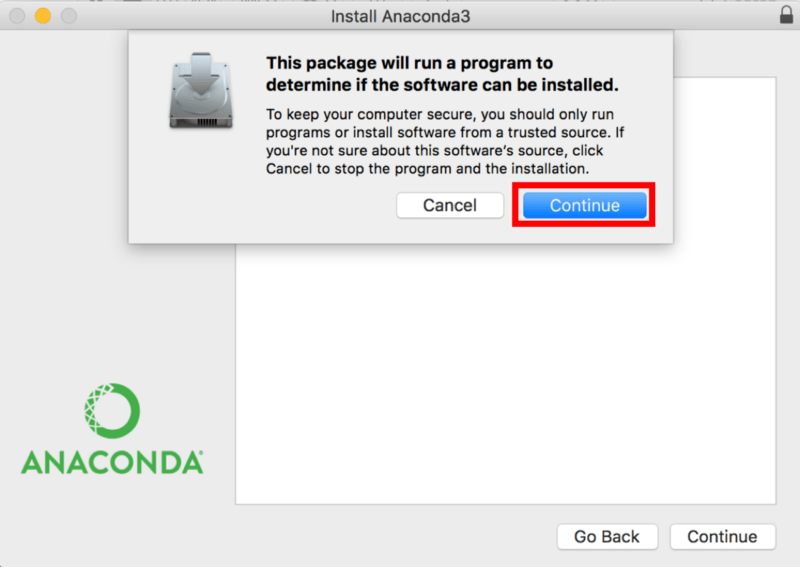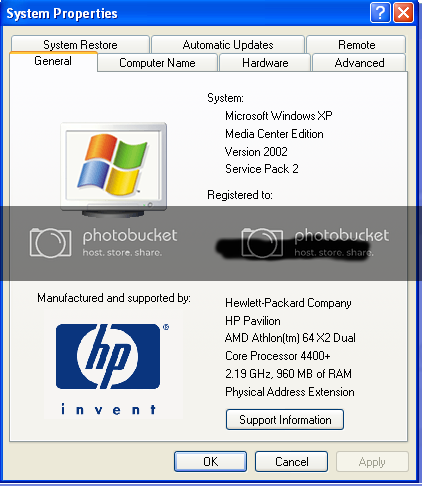

- GUROBI AND ANACONDA FOR MAC HOW TO
- GUROBI AND ANACONDA FOR MAC MAC OS X
- GUROBI AND ANACONDA FOR MAC INSTALL
- GUROBI AND ANACONDA FOR MAC FULL
- GUROBI AND ANACONDA FOR MAC CODE
Install the optional solver following the vendor instruction.To configure OR-Tools to use one of these solvers, do the following steps: Solvers whose support is disabled by default: You can also use OR-Tools with any of the following optional third-party MIP
GUROBI AND ANACONDA FOR MAC MAC OS X
On MAC OS X and Windows, or by using the GUROBI_HOME environment variable. The Gurobi shared library in the default install path of the Gurobi installers When needed, at runtime, OR-Tools will search for Warning: While OR-Tools ships with SCIP, please consult the Since v7.8, SCIP is now integrated so you won't have to install it manually.

Then enter: tools\make third_party Using SCIP Open a terminal and navigate to the directory where you extracted the files. Main branch, enter the following commands in your local repo: git fetch -all -tags -prune git checkout tags/v9.4 -v v9.4īefore building OR-Tools, you'll need to build the required third party software. You can check out a specific release using a Gitįor example, to work with the v9.4 release instead of the Download a previous release from the GitHub release page.Īssuming you have already created a local repository (by git clone),.
GUROBI AND ANACONDA FOR MAC CODE
You can get the source code for previous releases in either of the following ways: To retrieve the source code from the main branch, enter: git clone -b main Download previous releases
GUROBI AND ANACONDA FOR MAC FULL
Warning: The full path to the installation directory (where you extract theįiles) must not contain any spaces. You can get the stable source code for OR-Tools in either of the following ways:Ĭlone the stable branch by entering: git clone ĭownload the latest release in a compressed file, by clicking the Improvements have been applied it's more current, but less stable. The main branch is where the latest updates and The stable branch has been thoroughly tested and should work flawlessly on all There are two distinct branches of the OR-Tools source code on Then verify that you have pip 9.01 or higher available in your PATH: python -version python -c "import platform print(platform.architecture())" python -m pip -version Download the source code You must have one of the following versions of Python installed: When installing CMake, select the option for a command-line accessible cmake. X64 Native Tools Command Prompt ( not the Developer Command Prompt).ĬMake (>= 3.18), which can be downloaded from To build OR-Tools programs from the command line you must use a Later installed on your computer with the C++ toolset for Visual Studio. To build and run OR-Tools on Windows, you must have Visual Studio 2019 or The following sections describe the prerequisites for installing OR-Tools. Note: OR-Tools only supports the x86-64 (also known as amd64) architecture. Have only tested them on machines meeting the following requirements: OR-Tools, we recommend the binary installation.Īlthough these instructions might also work on other Windows variants, we Unless you plan to modify the source code or use a third-party solver with
GUROBI AND ANACONDA FOR MAC HOW TO
Though this will also require tracking which one I'm using now.This guide explains how to install OR-Tools from source, with support for


Has anyone found a good compromise for this? I'm thinking of going back to the homebrew version for general use, and writing an alias for changing the path back to the conda version as necessary. I looked at ways of building it, but creating a recipe takes a lot of effort (create YAML file, etc.) One package I was using with django was "markdown_deux", which is not available in the Conda repo. I tried to create conda environments from the requirements.txt file. None of my virtualenvs work, since apparently one's not supposed to use conda and virtualenv together. Conda is great for numerical computing, because I can install Jupyter/Numpy/Pandas in the root environment, and not have to bother install virtualenvs for every project.īut now my entire web development workflow is messed up. I removed the Homebrew version and the download (kept the main system one). I decided to unify all of this, and use conda. System/Library/Frameworks/amework/Versions/Current/bin/python Python 2.7.10 |Anaconda 2.3.0 (x86_64)| (default, Oct 19 2015, 18:31:17)Īnaconda is brought to you by Continuum Analytics.Ĭame with the downloaded. I checked the number of Python installations I had on my laptop recently, and was shocked to find four: Came with Mac OS X: I use Python extensively on my Mac OS X, for both numerical applications and web development (roughly equally).


 0 kommentar(er)
0 kommentar(er)
